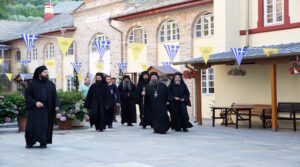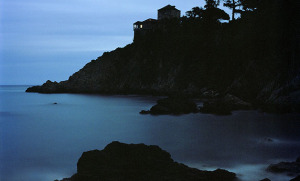
The Skete had its origins when, after the fall of Constantinople, Athanasius II (Pattelarus), Patriarch of Constantinople, retired to Mount Athos

The Patriarch settled in a cell that he dedicated to St. Anthony the Great, on the site of the old Monastery of Xistrou, near Karyes, the capital of Athos
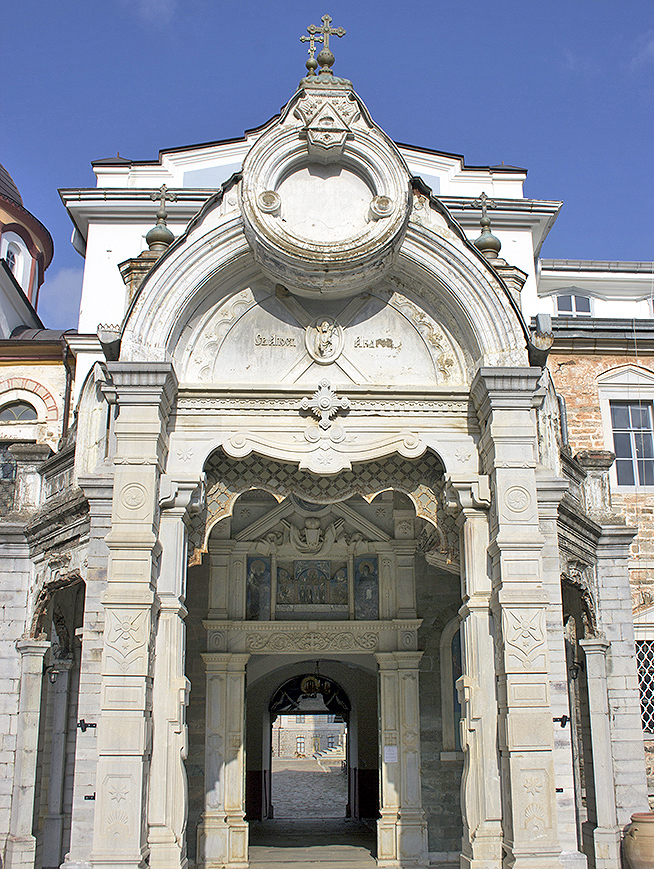
In 1761, the Ecumenical Patriarch Serapheim II also retired there, replacing the old house with a new building that he dedicated to the Apostle Andrew as well as St. Anthony

In 1841, the Monastery of Vatopaidi gave the cell to two Russian monks, Bessarion and Barsanouphios

Next year, 1842, the two monastics, under the sponsorship of the Russian Tsar, began the expansion of the residence

In 1849, despite the protests from the Monastery of Vatopaidi, Ecumenical Patriarch Anthimus VI recognized the St. Anthony Cell as a Skete

A central church (katholikon), dedicated to St. Andrew, was built in 1867 and consecrated in 1900 by Ecumenical Patriarch Joachim III of Constantinople.

The katholikon is the largest church on Mount Athos and one amongst the largest in Eastern Europe
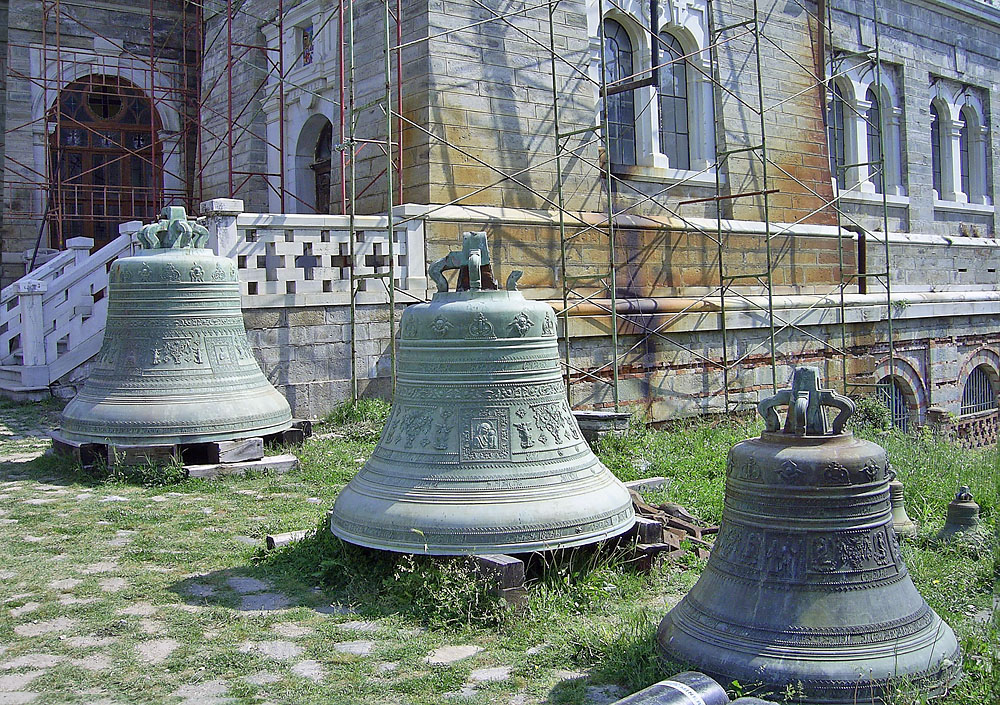
The Skete had grown greatly and prior to World War I the population of the Skete included 700 to 800 Russian monks

The Russian Communist Revolution brought disastrous results for the Skete, as the flow of monks from Russia dried out

In 1958, the western wing of the Skete and library were destroyed by fire

In 1971 died Monk Sampson, the last one from the old community, and the Skete became deserted
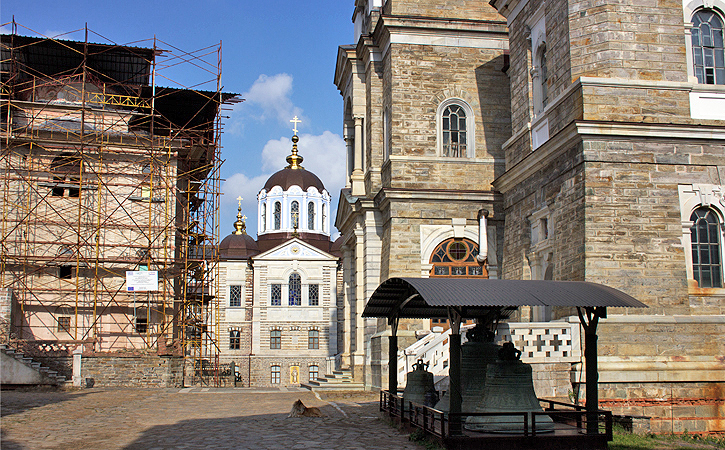
In 1992, a new, Greek-speaking, brotherhood brought new life to the Skete and started the so much necessary restorations

In 2001, the community elected Archimandrite Ephraim as the new (and actual) Abbot looking forward to a bright and hopeful future

Holy relics: part of the forehead of Saint John the Forerunner

